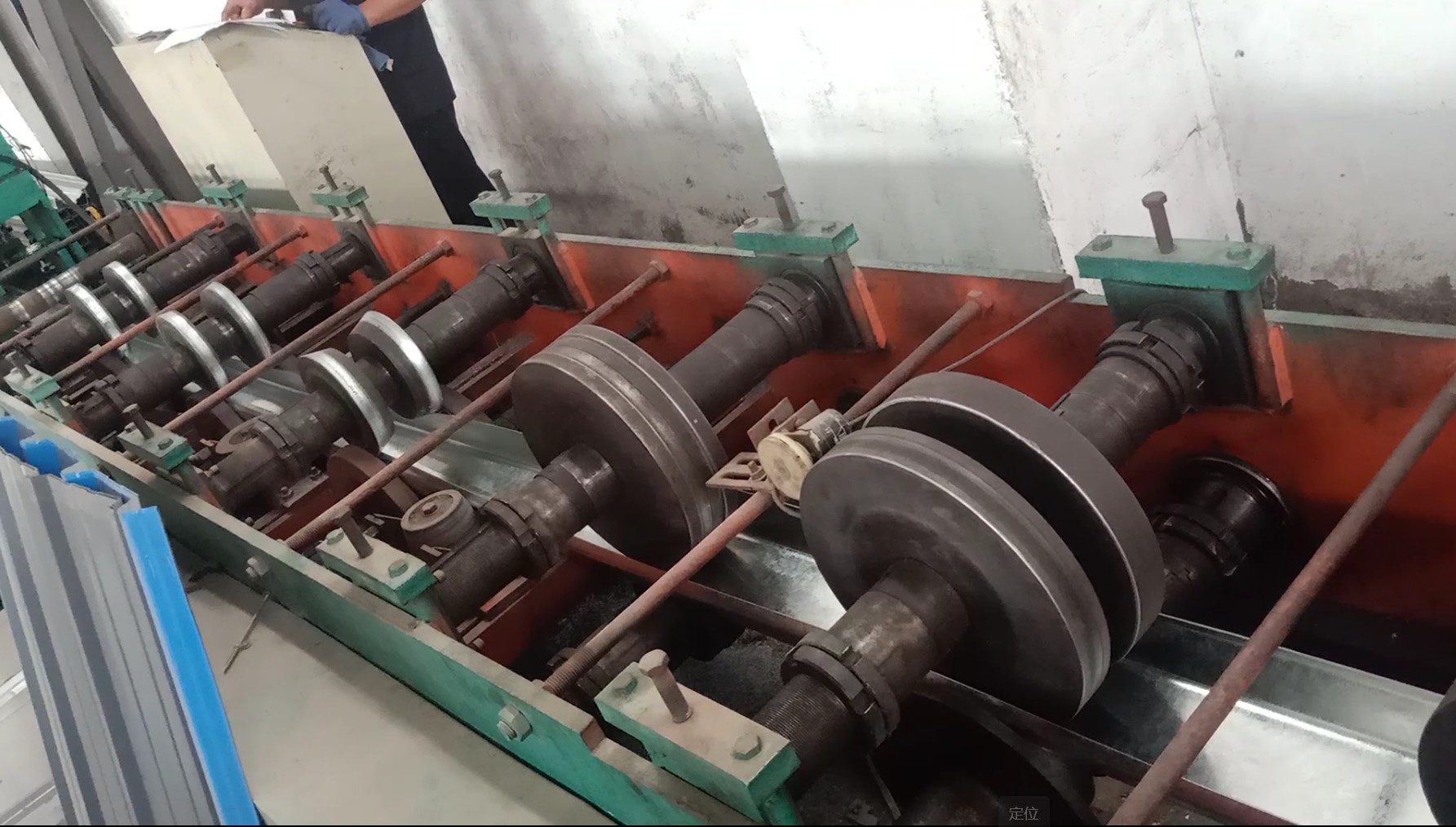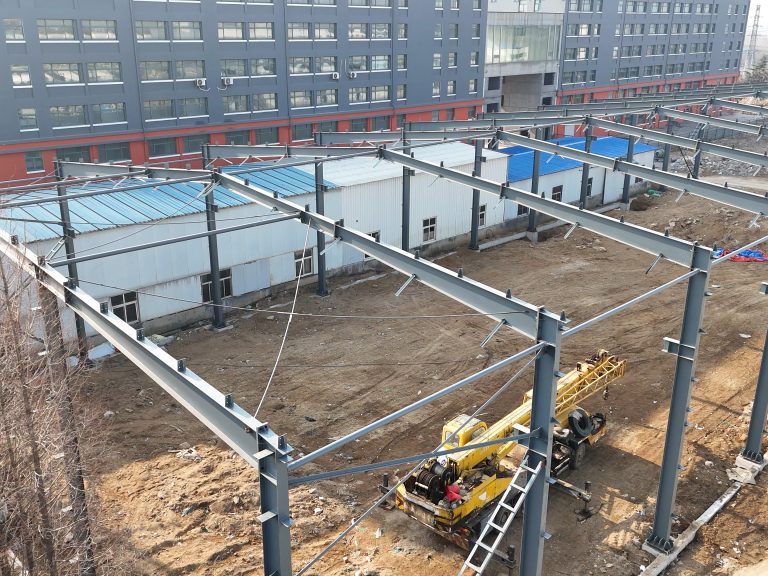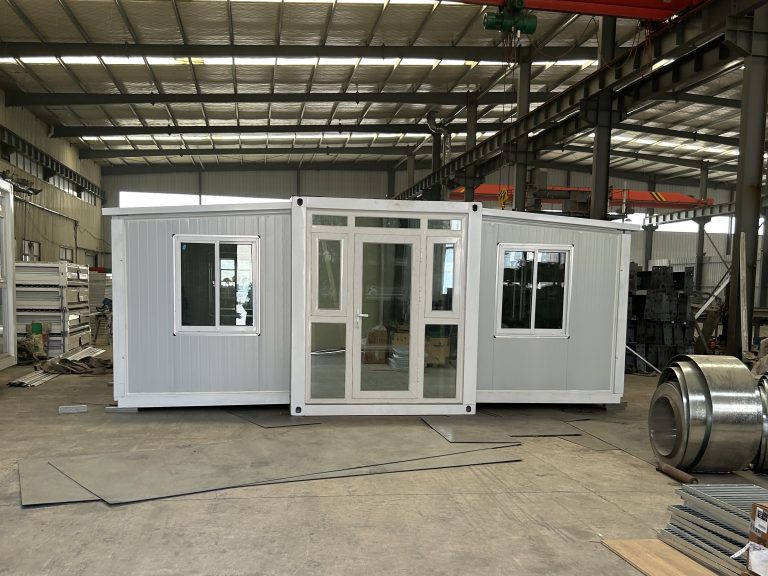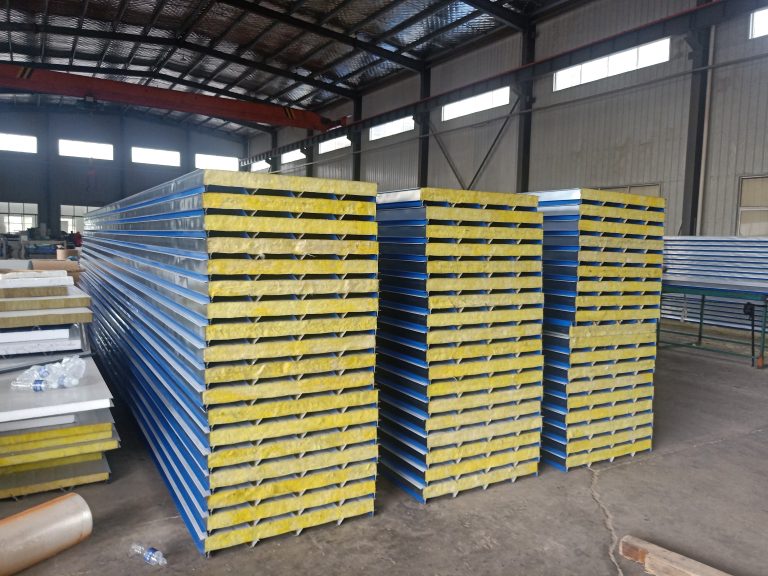Benefits of Using Steel in Structural Design Layouts
Steel is a versatile and durable material that has been used in construction for centuries. Its strength and flexibility make it an ideal choice for structural design layouts in a variety of applications. From skyscrapers to bridges to industrial buildings, steel offers numerous benefits that make it a popular choice among architects and engineers.
One of the key benefits of using steel in structural design layouts is its strength-to-weight ratio. Steel is much stronger than other materials such as wood or concrete, which means that less material is needed to support the same load. This not only reduces the overall weight of the structure but also allows for more open and flexible floor plans. Steel structures can span greater distances without the need for additional support columns, creating a more open and airy feel in the building.
In addition to its strength, steel is also highly resistant to fire, corrosion, and pests. Unlike wood, which can rot or be eaten by termites, steel is impervious to these threats. This makes steel structures more durable and long-lasting, reducing the need for costly repairs and maintenance over time. Steel is also non-combustible, which means that it will not contribute to the spread of fires in the event of an emergency.
Another benefit of using steel in structural design layouts is its speed of construction. Steel components are typically prefabricated off-site and then assembled on-site, which can significantly reduce construction time. This can be especially advantageous in fast-track construction projects where time is of the essence. Steel structures can be erected quickly and efficiently, allowing for faster occupancy and a quicker return on investment.
Steel is also a sustainable building material that can be recycled and reused indefinitely. In fact, steel is the most recycled material in the world, with a recycling rate of over 90%. This not only reduces the environmental impact of construction projects but also helps to conserve natural resources. By choosing steel for structural design layouts, architects and engineers can help to create more sustainable and eco-friendly buildings.
In terms of cost, steel structures can be more economical than traditional building materials in the long run. While the upfront cost of steel may be higher than wood or concrete, the durability and low maintenance requirements of steel can result in significant cost savings over time. Steel structures are less likely to require repairs or replacements, which can help to reduce long-term maintenance costs and extend the lifespan of the building.

Overall, the benefits of using steel in structural design layouts are clear. From its strength and durability to its speed of construction and sustainability, steel offers numerous advantages that make it a popular choice among architects and engineers. By choosing steel for structural design layouts, construction projects can benefit from a material that is not only strong and reliable but also cost-effective and environmentally friendly.






